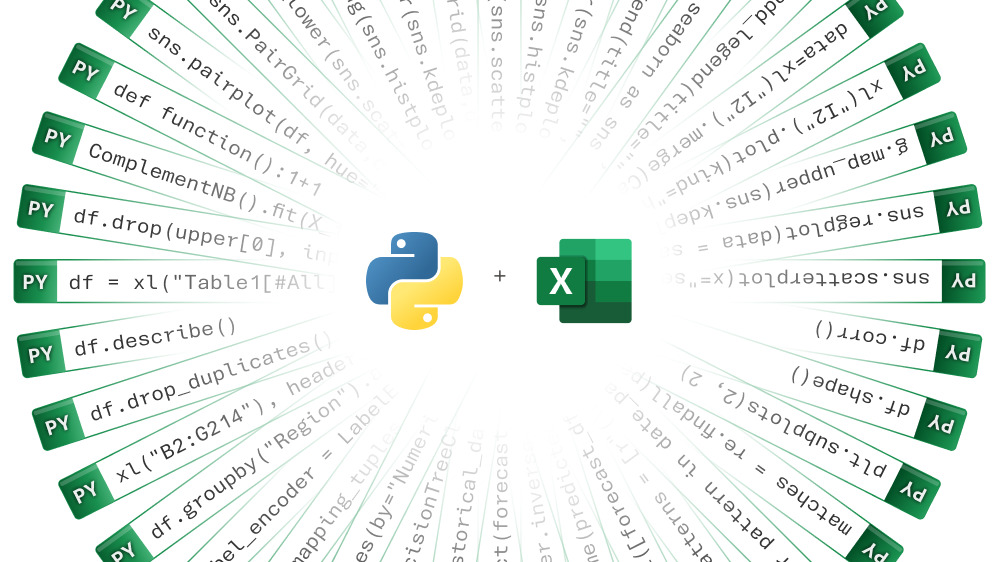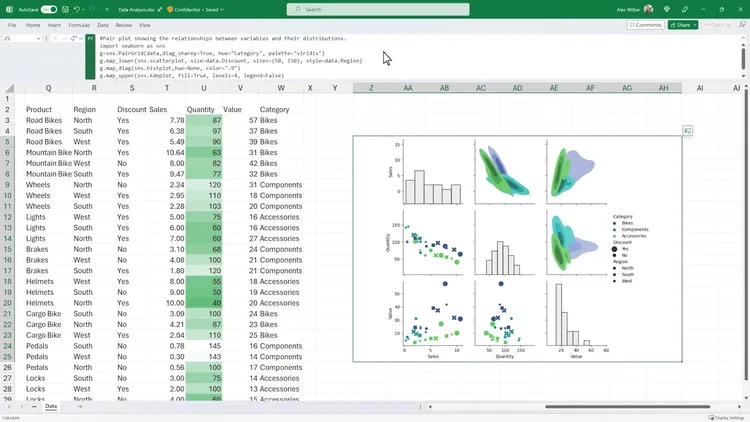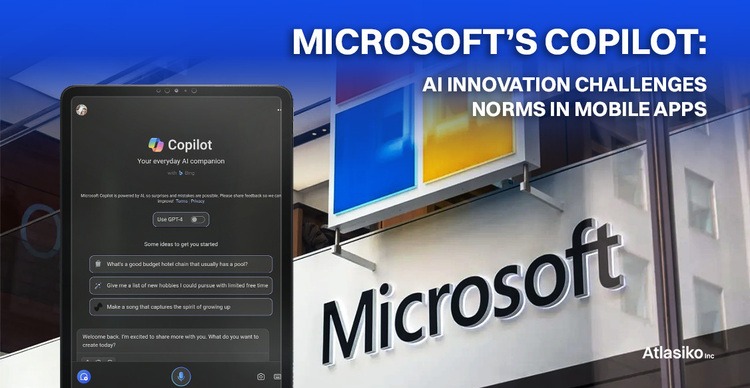Microsoft has unveiled an advancement in technology and data analysis, as the company introduces Python for Excel platform. This strategy is to enhance data manipulation and analysis, bolstering Excel's capabilities.

Stefan Kinnestrand, the General Manager of Modern Work at Microsoft, highlights, "You can manipulate and explore data in Excel using Python plots and libraries, and then use Excel’s formulas, charts, and PivotTables to further refine your insights."
Unveiling the simplicity of this integration, Microsoft ensures that no additional installations or complex setups are required. The Python integration seamlessly merges with Excel's existing built-in connectors and Power Query functionality. A novel addition to this integration is the PY function, designed to expose Python data within the Excel spreadsheet grid itself. Collaborating with Anaconda, a prominent enterprise Python repository, Microsoft ensures access to popular Python libraries, including pandas, statsmodels, and Matplotlib, propelling data analysis to new heights within Excel.
Guido van Rossum, the visionary creator of Python and now a distinguished engineer at Microsoft, remarks, "I’m excited that this excellent, tight integration of Python and Excel is now seeing the light of day." His optimism highlights the transformational nature of this collaboration, wherein the strengths of both Excel and Python synergize to bring forth innovative applications that were once beyond imagination.

Python calculations seamlessly take place within the Microsoft Cloud infrastructure. The results are then seamlessly returned to the Excel workspace, allowing users to construct formulas, pivot tables, and charts all based on Python-powered insights. Visualizations come to life by incorporating charting libraries like Matplotlib and Seaborn, introducing dynamic elements such as heatmaps, violin plots, and swarm plots.
Microsoft is introducing the Python-Excel collaboration as a public preview exclusively for Microsoft 365 Insiders in the Beta Channel. The initial rollout is tailored to Windows users, with broader platform availability scheduled for a later phase. During this preview period, Python in Excel is included in the Microsoft 365 subscription. However, it's noteworthy that "some functionality will be restricted without a paid license" once the preview phase concludes, underlining Microsoft's commitment to the feature's continued development and potential.
The fusion of Excel and Python marks a significant milestone where two technological powerhouses converge to empower users in novel and unprecedented ways.







